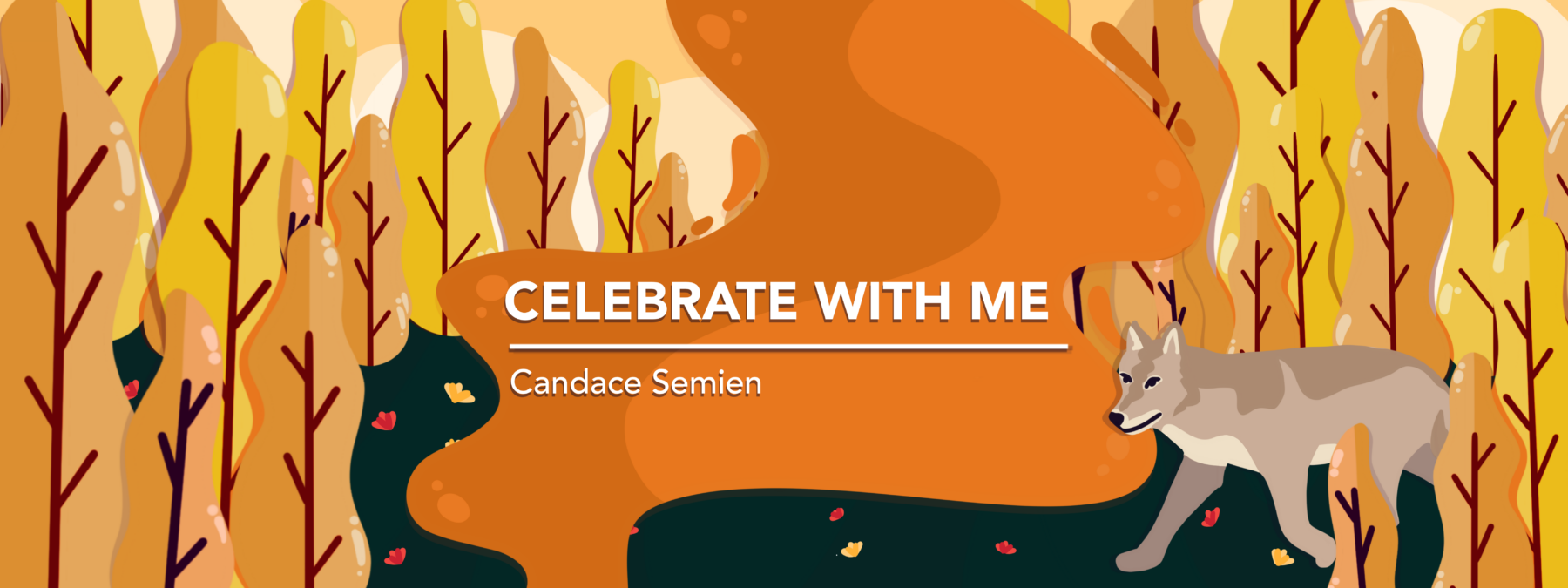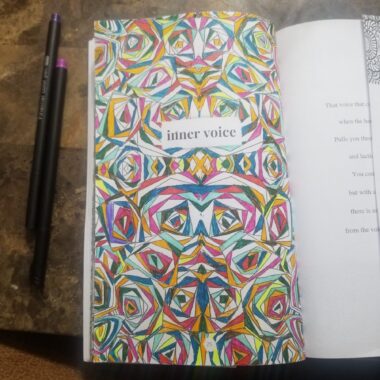Can art therapy help lupus patients improve cognitive function?
By coloring and creating, I am restoring my cognitive strength

When people think of systemic lupus erythematosus (SLE), they often only think about the “butterfly” rash, severe joint pain, pleurisy, or kidney problems. But for many of us living with lupus, the most insidious damage is happening in the brain.
Inflammation of brain blood vessels can cause neurological issues such as stroke, transient ischemic attack (TIA), seizure, memory problems, confusion, mood changes, headache, and even encephalomalacia — areas of permanent softening or loss of brain tissue.
Cognitive challenges are common in SLE, sometimes leading to a diagnosis of neuropsychiatric lupus. According to a 2011 article in Current Neuropharmacology, this is “the least understood, yet perhaps the most prevalent manifestation of lupus.”
Research shows that people with lupus can experience problems with executive functioning and thinking skills, such as attention, memory, planning, and processing information quickly. A 2023 study published in the Journal of the International Neuropsychological Society found that SLE patients have deficits in verbal fluency, working memory, and attention.
These issues are more than what the broad and general term “brain fog” can describe. It is cognitive decline, and not a vapor that dissipates under better circumstances.
In my experience, this cognitive decline and dysfunction is often underestimated. It adds to the mystery of lupus and further complicates the ability to find a cure, improve treatment, or claim disability. But some physicians and specialists are using unconventional methods to ameliorate cognitive issues for patients in general, and I believe some of these methods can benefit lupus patients.
Exploring art therapy for lupus
One of these is art therapy. And after months of “YouTube University” sessions, I’ve realized that my art — coloring and doodling — is not a luxury, but a powerful tool for healing.
Art therapy offers a uniquely holistic experience. It uses guided creative expression — painting, collage making, sculpting, or even coloring — to stimulate and rebuild mental capacities. When I first began experiencing TIAs and stroke-like symptoms, I was told art-making could help reengage damaged neural networks and soothe what felt like electric currents scraping my tender membranes.

Photo by Candace J. Semien
Transforming line art in the book of poems, “Be the Uplifter” by Sharmay Mitchell into a coloring project led columnist Candace Siemens to art therapy. (Courtesy of Candace Siemens)
I didn’t understand how this kind of therapy, specifically coloring, would help. Then I learned that planning an art project, deciding on colors, and staying in the lines (when I choose) demand executive control, attention, and spatial reasoning — the domains often compromised in neuropsychiatric lupus.
For those of us whose brains bear the scars of lupus, cognitive struggles and brain injury can be deeply distressing. For me, traditional talk therapy doesn’t fully address the grief, frustration, and anxiety of feeling like I’m losing parts of myself to this disease. But painting, coloring, or just creating something unique provide nonverbal ways to release these emotions.
In one of the many YouTube art therapy videos I watched, one artist said that art validates their struggle, giving form to what feels formless.
True. I believe the same can also be accomplished through other forms of expression like journaling.
For people with permanent brain injury, such as encephalomalacia, the goal of art therapy would not be to reverse scarring. The goal, the desire, is to rebuild cognitive function, compensate for deficits, and reclaim abilities. Art therapy works with medical care, not instead of it.
Because cognitive dysfunction in lupus is under-recognized, art therapy may help fill a gap in care. Rheumatologists, specialists, and other health system professionals could, at a minimum, refer patients to art therapy services.
Art therapy and journaling can help. Each time I color or create, I am restoring my cognitive strength and rebuilding my resilience. In the face of an illness that threatens the fabric of my mind, coloring is a courageous act. Stroke by stroke, color by color, it’s something worth celebrating.
Note: Lupus News Today is strictly a news and information website about the disease. It does not provide medical advice, diagnosis, or treatment. This content is not intended to be a substitute for professional medical advice, diagnosis, or treatment. Always seek the advice of your physician or other qualified health provider with any questions you may have regarding a medical condition. Never disregard professional medical advice or delay in seeking it because of something you have read on this website. The opinions expressed in this column are not those of Lupus News Today or its parent company, Bionews, and are intended to spark discussion about issues pertaining to lupus.








Leave a comment
Fill in the required fields to post. Your email address will not be published.